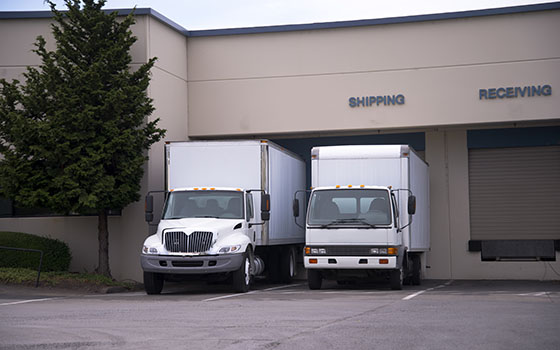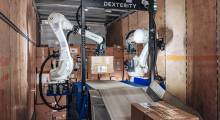A friend of mine is having a dickens of a time selling her home in Columbus, Ohio. It’s in a great neighborhood with one of the best school systems in the area. And, at over 4,000 square feet with a nice big yard it’s the kind of house people my age aspired to. What’s not to like? Apparently, it’s the size. The realtors have told her that the houses selling right now are smaller because today’s buyer doesn’t want to take care of all that property. Sometimes, it pays to think small.
Something similar might be happening in the warehouse market, albeit for different reasons, according to Jon Pharris, the president of CapRock Partners, a regional developer of distribution centers in Southern California, Arizona and Nevada. While the typical warehouse in CapRock’s portfolio is about 400,000 square feet, “we’re seeing a whole new demand for small box facilities,” Pharris told me last week. Those are facilities under 200,000 square feet, with many as small as 50,000 square feet. As an example, CapRock is currently building out 1 million square feet of traditional space in Southern California, but another of 900,000 square feet of small box facilities.
The driver, as you probably guessed, is e-commerce, or as the folks at CapRock put it in a press release: “Typically less than 200,000 square feet in size and in a nearby infill location, and surrounded by housing with substantial purchasing power, small-box warehouses are now the linchpin in the e-commerce ecosystem.”
“What we’re seeing in the small box portfolio is demand from all kinds of users,” Pharris said. “It could be small companies that can’t justify 400,000 square feet, so they’re putting up smaller DCs in several locations, manufacturers that now drop ship for their retail customers or larger companies that want 50,000 square feet in ten locations around the country to get closer to their customers in urban areas. With two day or less delivery times, they’re forced to go to a more complex network strategy.”
While not a CapRock customer, Pharris noted that Amazon has a small fulfillment center in Orange County, where his office is located. “I’m in Newport Beach, surrounded by 7-to-15 story office buildings, and in the midst of that, there’s this small building where Amazon stores the top 500 SKUs bought in Orange County,” Pharris said. “I’m shocked that more Fortune 500 and big box retailers aren’t doing that strategy.”
The buildings don’t just take up a smaller footprint. Instead of 30+-foot ceilings, some of the buildings Pharris is working on are just 12 feet high, without conventional pallet racking. “They strictly do fulfillment and their inventory turns every two weeks, so they don’t need to go high and they don’t need reserve storage,” Pharris said.
He added that while the small-box buildings so far have been fairly conventional, expect to see automation in the future. One 150,000 square foot project he is working on is with a company that plans on investing heavily in materials handling automation, including robotics. Pharris expects to see more automation in these small buildings in the future. “Lease rates in urban areas are more expensive and labor is going up,” he said. “They’re going to need more automation to offset the lease rates. I also expect to see more alliances with the Ubers or on-demand services that focus on last mile delivery in major urban areas.”
About the Author
Follow Robotics 24/7 on Linkedin
About the Author
Follow Robotics 24/7 on Linkedin
Article topics
Email Sign Up
















